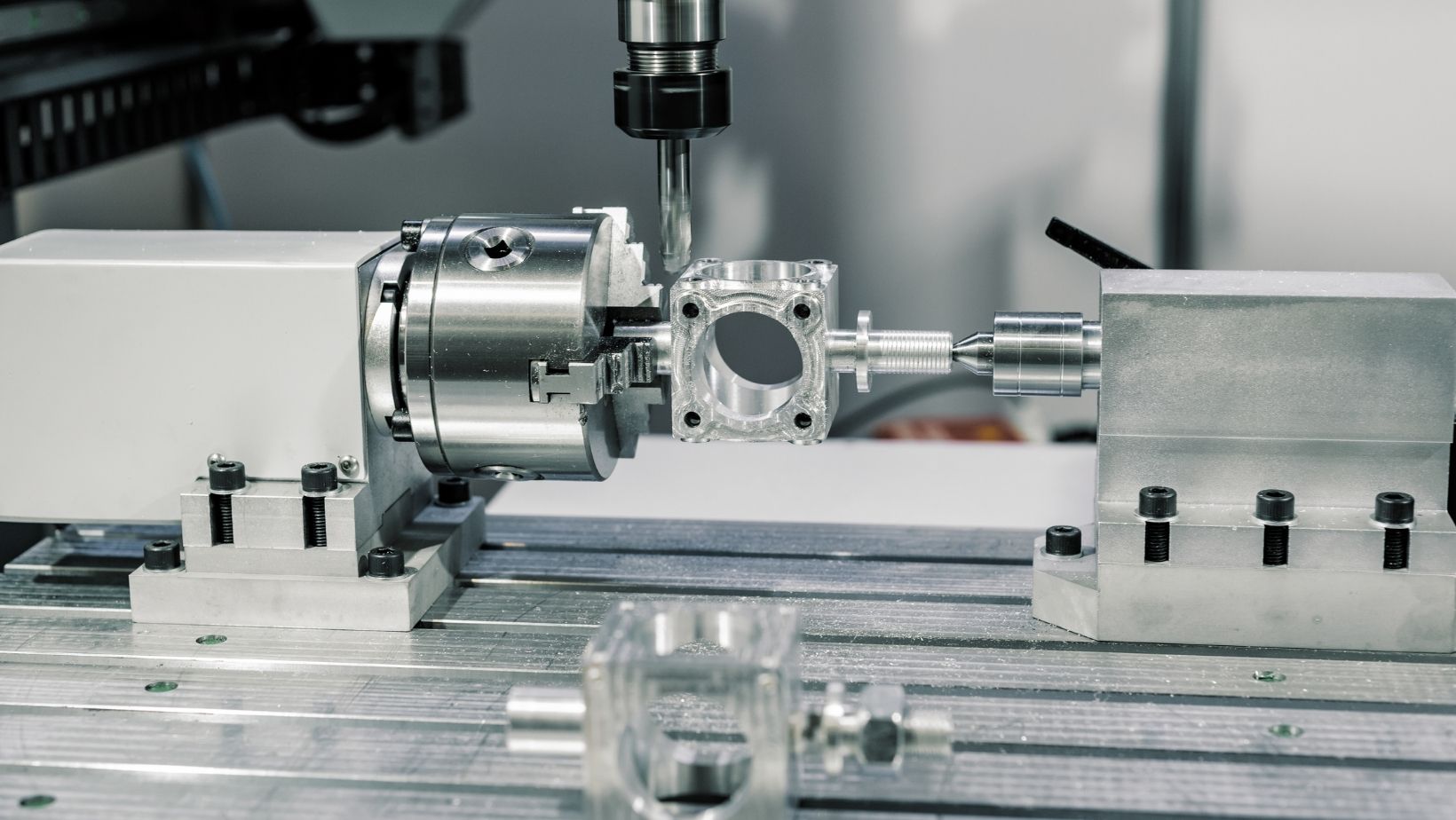CNC machines are undoubtedly the most advanced equipment in the manufacturing industry. However, the overall machining cost depends upon numerous factors like equipment, maintenance, and labor costs—moreover, the selected materials and the machining type.
Although 3D printing has dominated most industries today, CNC machining remains one of the most demanded manufacturing solutions. The reason being their precision and reliability. However, setting up a self-owned CNC machining station is nothing ordinary.
Therefore, many suppliers provide CNC machining services as well. But how much does an average CNC project cost? What determinants are there should one be mindful of before purchasing their services? Let’s take a quick look.
Factors Directing CNC Machining Costs
Before diving in, note that these are only the most significant factors. The final price of the component depends on the client’s specifications.
Machine Costs
CNC machines use automatic mechanisms to manufacture the components. Hence, they are significantly more expensive than other conventional equipment. An entry-level device with no advanced features costs around 30k dollars. In comparison, high-end CNC machines cost approximately two to four hundred thousand dollars.
The machine heads also affect the incurred expenses. These are the extensions attached to the machine’s arm and create different shapes by drilling, milling, or turning. Hence, the price of each head increases with the precision it provides. Also, the construction of the machine’s head alters the final price.
Labor Expenses
Labors are the most indispensable part of a CNC machining company. Although the machines are automatable, they require human intervention to produce the final products. The common skills you’ll need in labor include mechanics, programmers, etc. However, the recruitment and training costs also add to the expense.
Material
Another impactful factor is the material. The availability, market rate, and machinability of the material matter significantly. Softer materials like ABS, PMMA, and PC, etc., are more accessible to mold and cut; therefore, the machined parts are less pricey.
In comparison, copper, aluminum, and steel materials offer more material strength but require more machining efforts. Hence, the cost of the processing naturally increases.
Component Intricacy
The component complexity is another determinant of the machining cost. Pieces with greater details like lettering, distinctive designs, and deep cavities are expensive. Sometimes, the design’s complexity may demand a dedicated CNC machine.
How To Reduce CNC Machining Costs?
Although the factor compilation above may seem scary, there are ways to minimize the overall machining costs. The below tips will prove immensely beneficial, especially if it is your first encounter with CNC machining.
- The first thing is material optimization. Softer materials are easier to shape; hence the overall costs are less. If you don’t require rock-solid strength, you can opt for a lighter-grade material.
- Next, you must clean away all the unnecessary details from your design. Avoid deep cavities and thin walls (if the design allows it) because complicated geometries are expensive.
- Compare the quantity charges of each seller and choose the one which sounds economical. Lastly, you can outsource to a CNC machining company that walks you through the process and possible expenses before beginning the work.
The Takeaway
CNC machining is an expensive manufacturing process, and there is no set rule for the expenses incurred. However, some factors influence the final costs.
The primary price determinants include equipment costs, material, machining type, and software prices. However, other factors, like the higher tolerances, surface treatment, labor, and maintenance costs, also add to the overall expenses. However, you can significantly reduce the costs by either outsourcing or reducing the design complexity.
